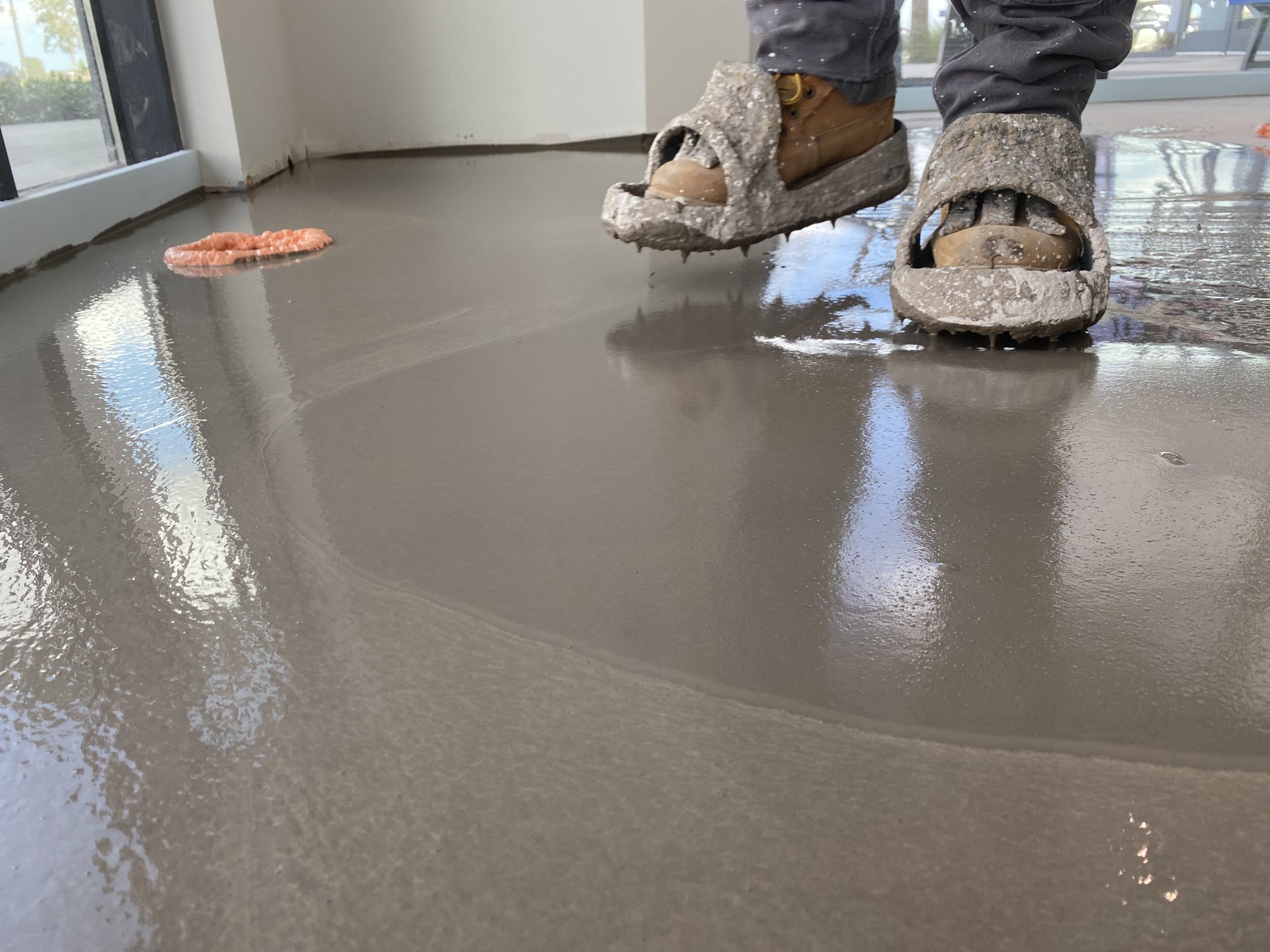Common Mistakes to Avoid when Using Self-Leveling Compound
Self-leveling compound is a great solution for uneven or damaged subfloors, but it can be a tricky material to work with. While it’s a relatively easy product to apply, there are some common mistakes that can be made during the process.
Here are some common mistakes to avoid when using self-leveling compound.
Inadequate Surface Preparation: The most important step in using self-leveling compound is ensuring that the subfloor is properly prepared. This includes cleaning, filling any gaps or cracks, and sanding down any high spots. If the surface is not properly prepared, the self-leveling compound may not adhere properly, resulting in an uneven surface.
Overwatering the Mixture: Self-leveling compound needs to be mixed with water to create a smooth consistency. However, adding too much water to the mixture can cause the compound to be too runny, resulting in a thin layer that won’t level properly. Always follow the manufacturer’s instructions for mixing the compound and use the recommended amount of water.
Not Using a Primer: Using a primer is essential when applying self-leveling compound. The primer helps to ensure that the compound adheres properly to the subfloor. Without a primer, the self-leveling compound may not bond correctly and can lead to problems down the line.
Applying Too Much Compound: While self-leveling compound is designed to level itself out, it’s important not to apply too much of it. Applying too much can cause the compound to sag or slump, resulting in an uneven surface. Always follow the manufacturer’s instructions for the recommended thickness of the layer.
Not Allowing Enough Drying Time: Self-leveling compound needs time to dry and cure properly. Rushing the process can lead to problems such as cracking or shrinking. Make sure to follow the manufacturer’s instructions for drying and curing times and avoid walking on or installing anything on the surface until it’s fully cured.
Ignoring Moisture Levels: Self-leveling compound can be sensitive to moisture levels. If the subfloor is too damp, the compound may not set properly and can lead to problems down the line. Always test the moisture level of the subfloor before applying the compound and address any moisture issues before proceeding.
In conclusion, self-leveling compound can be a great solution for uneven or damaged subfloors, but it’s important to avoid these common mistakes to ensure a successful application. Take the time to properly prepare the subfloor, follow the manufacturer’s instructions for mixing and application, and allow adequate drying and curing time for the best results.


